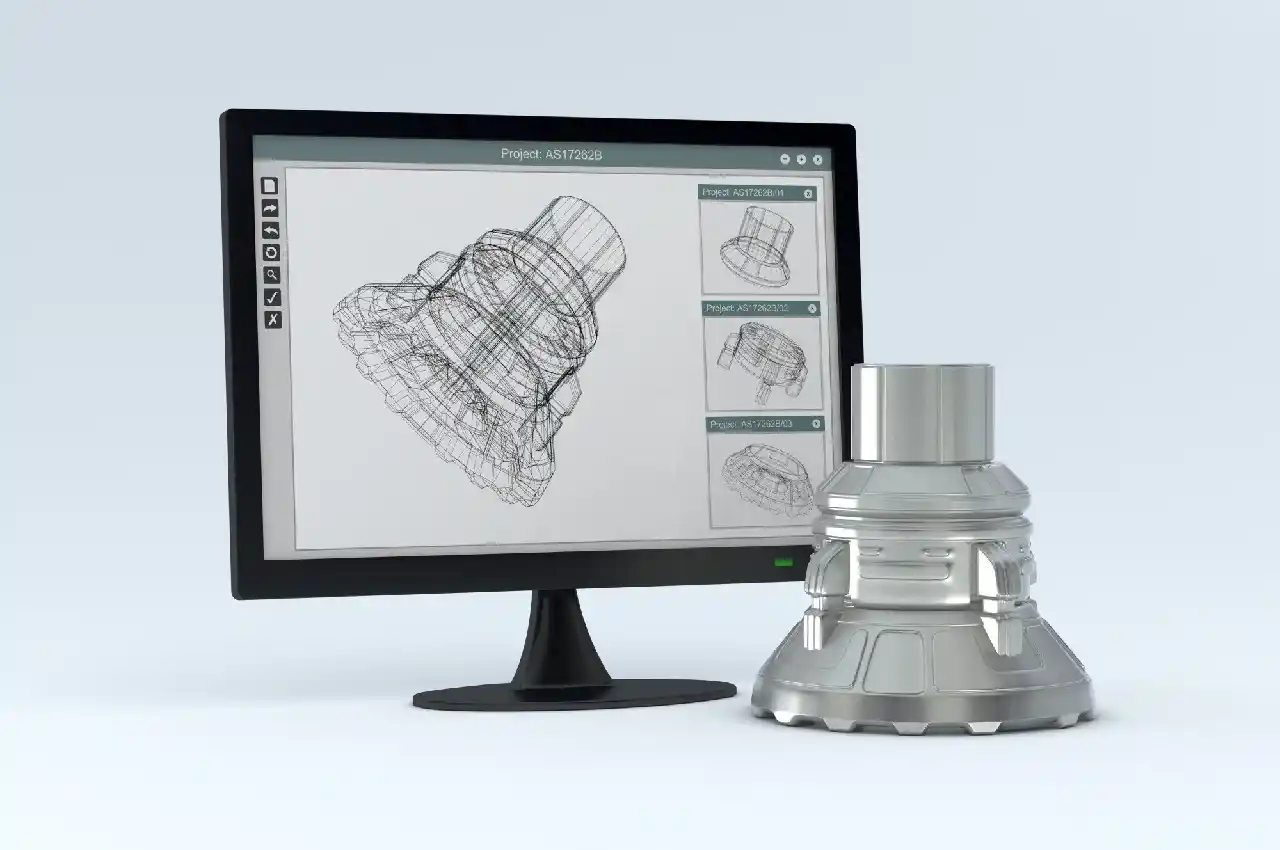NEWS
Getting on Top of the Design Cycle: How to Prototype Designs

Are you ready to take your design process to the next level? Whether you’re a seasoned designer or just starting, prototyping is an essential step in bringing your ideas to life. In this fast-paced world of product design, it’s crucial to iterate quickly and efficiently.
In this blog post, we’ll dive deep into the importance of prototyping in the design process. So let’s roll up our sleeves and get ready to revolutionize your approach! With these insights at hand, you’ll be well-equipped to turn your brilliant ideas into tangible realities.
Let’s embark on this exciting adventure together as we uncover how prototyping can transform your design cycle from good to extraordinary!
Define Your Goals
This involves clearly understanding your project’s objectives, target audience, and desired outcomes. By determining your goals, you create a roadmap for your prototype and can ensure that every aspect of your design aligns with them.
This will not only save time and resources but also result in a more effective and efficient prototype.
Gather Materials
Depending on the complexity of your design, gather the necessary materials for building a prototype. This can range from paper and pencils for low-fidelity prototypes to 3D printers and specialized software for high-fidelity ones.
Sketch or Create Wireframes
Sketching allows for quick and rough ideas to be put on paper, while wireframes provide a more visual representation. Both methods help to refine the design and identify any potential issues. By getting on top of the design cycle and prototyping designs, one can ensure a successful and user-friendly end product.
Build a Low-Fidelity Prototype
Building a low-fidelity prototype can be one of the highly effective steps of the design process. Low-fidelity prototypes allow designers to quickly and easily test their ideas. They make improvements before investing significant resources into a high-fidelity prototype.
This early stage of prototyping can help identify potential flaws and issues in the design. This leads to cost and time savings in the long run. It also allows for collaboration and feedback from stakeholders. This makes the final product more user-friendly and efficient.
Test and Iterate
Prototyping is a crucial aspect of the design cycle. This allows for testing a product and iteration of designs before they are fully implemented. It involves creating a rough model of the design. This is whether it be physical or digital. It helps to get a better understanding of its functionality and user experience.
Refine Your Prototype
Refining a prototype is an essential step in the design cycle. This is to ensure that a product meets its intended purpose and functions effectively. This is to evaluate its strengths and weaknesses by gathering feedback from potential users and conducting thorough testing.
Create High-Fidelity Prototype
With a clearer direction from previous iterations, move on to creating a more realistic representation of your final product. By using advanced tools such as CAD software or rapid prototyping techniques like 3D printing, your prototype design will be exemplary. Once the final product is ready, make sure to check out China prototype manufacturing for your Prototype service needs.
Explore the Prototype Design Cycle Today
Implementing prototyping into the design cycle is a crucial step in creating successful products. It allows for iterations and improvements to be made before finalizing the design. This is resulting in a more efficient and effective final product.
So, why wait? Start incorporating prototyping into your design process today and elevate your designs to the next level!
Did you find this article helpful? Check out the rest of our blogs!
Having completed my education in English, I’ve cultivated a successful career as a content writer. My tenure includes valued collaborations with distinguished professional organizations, reflecting my commitment to producing high-quality content.
Contact me on this mail: [email protected]










